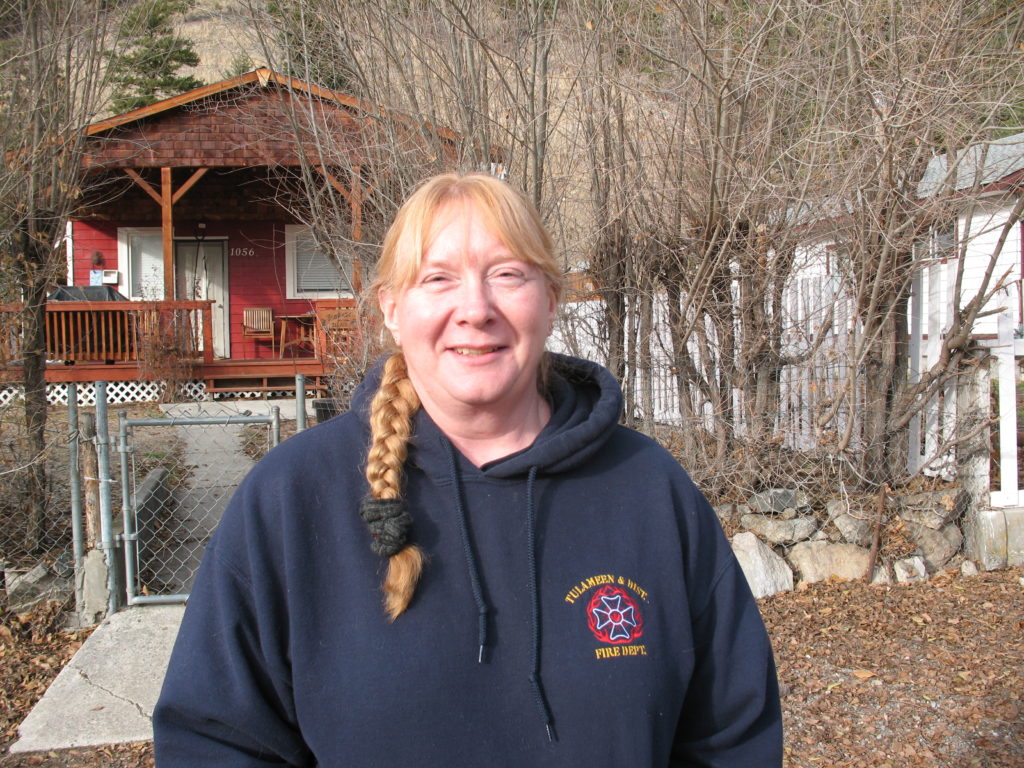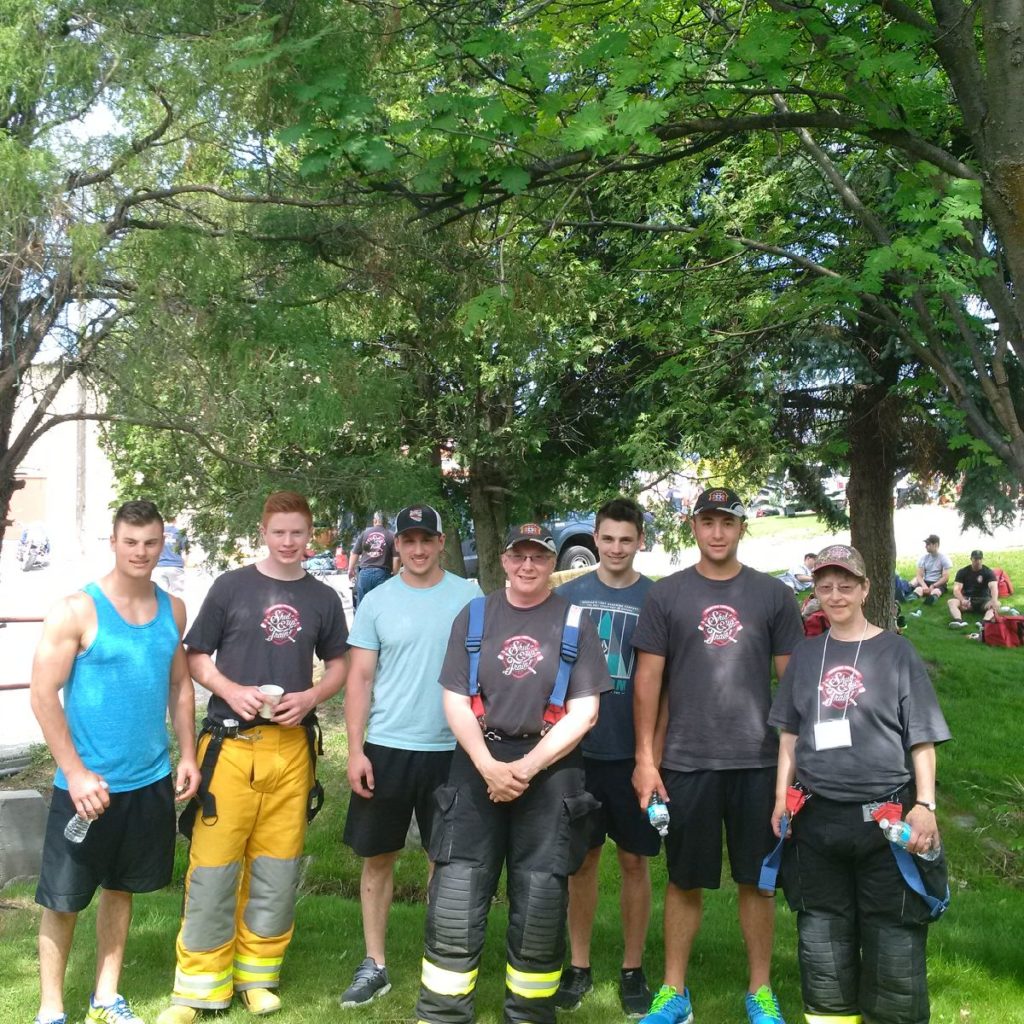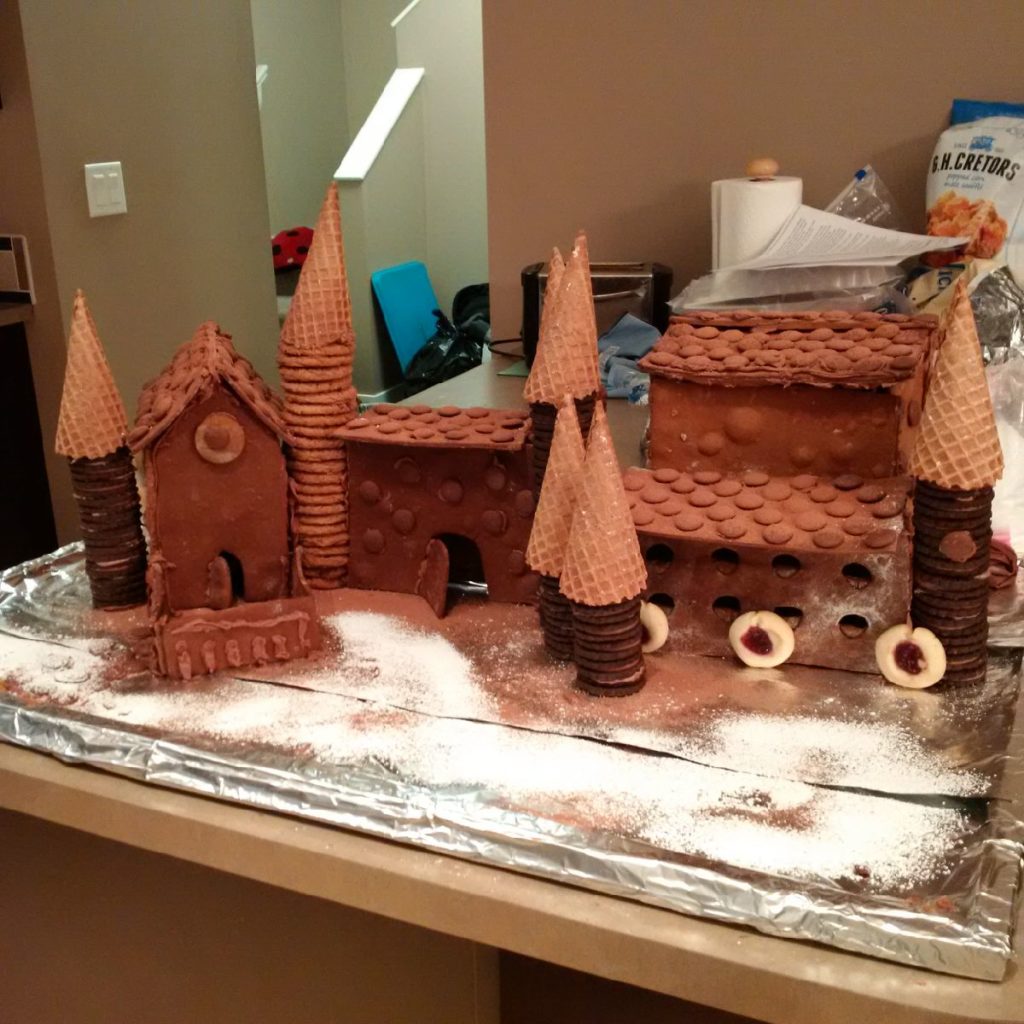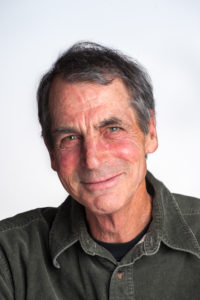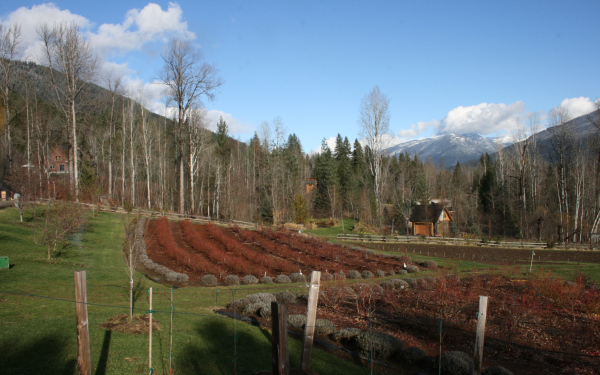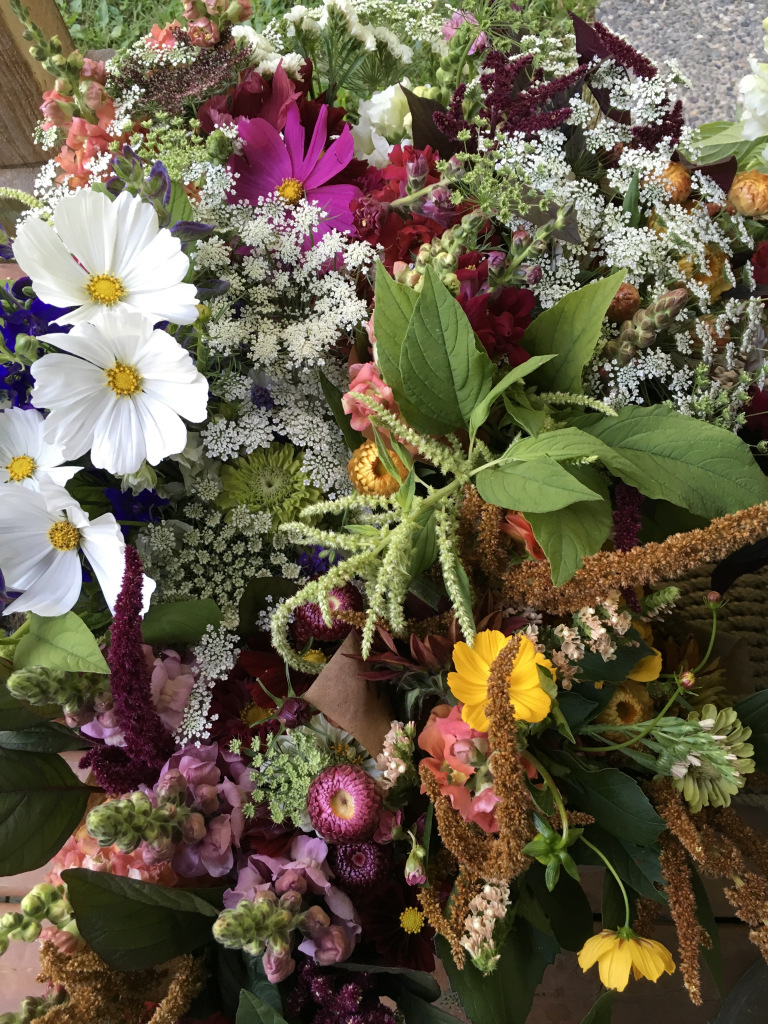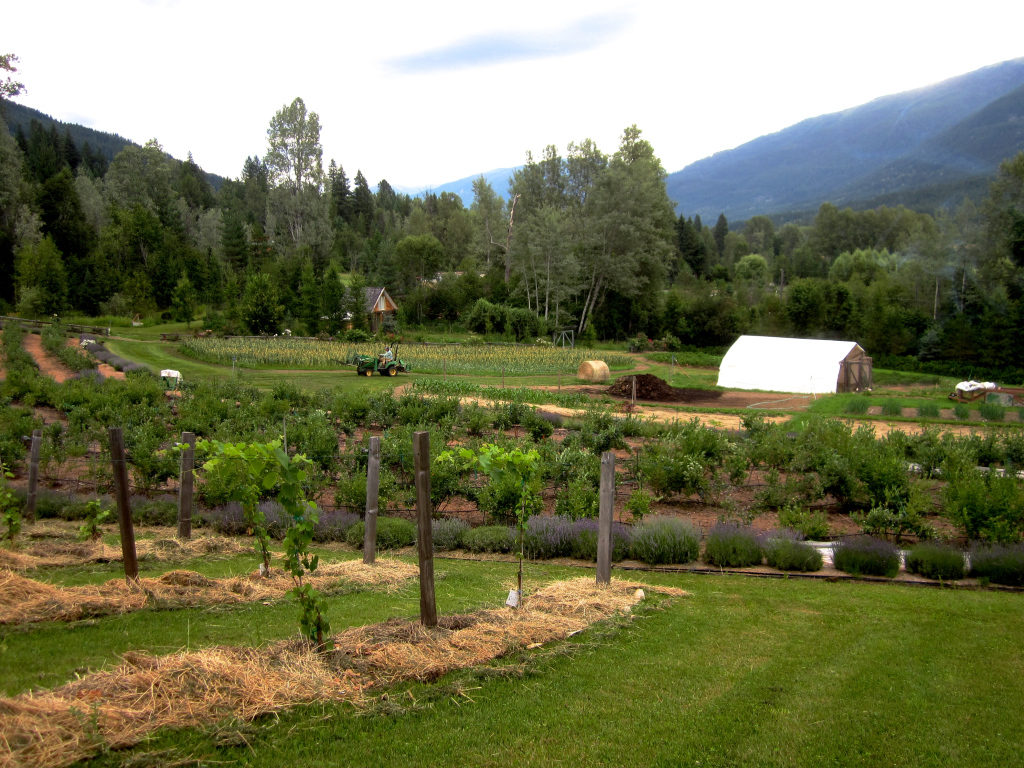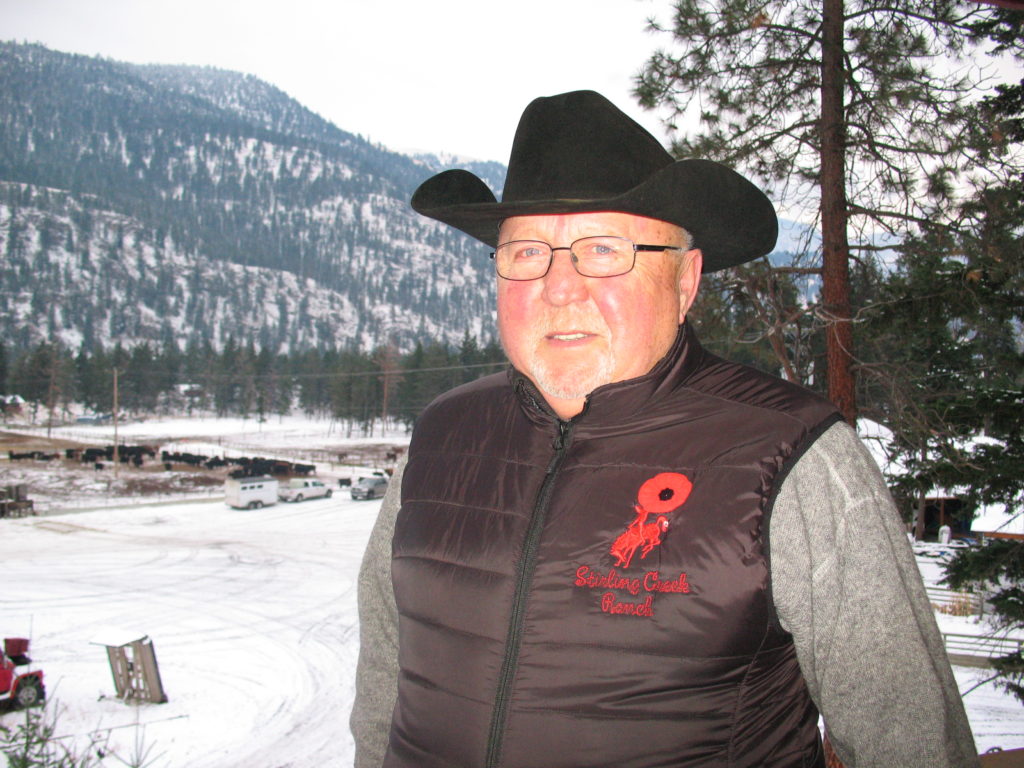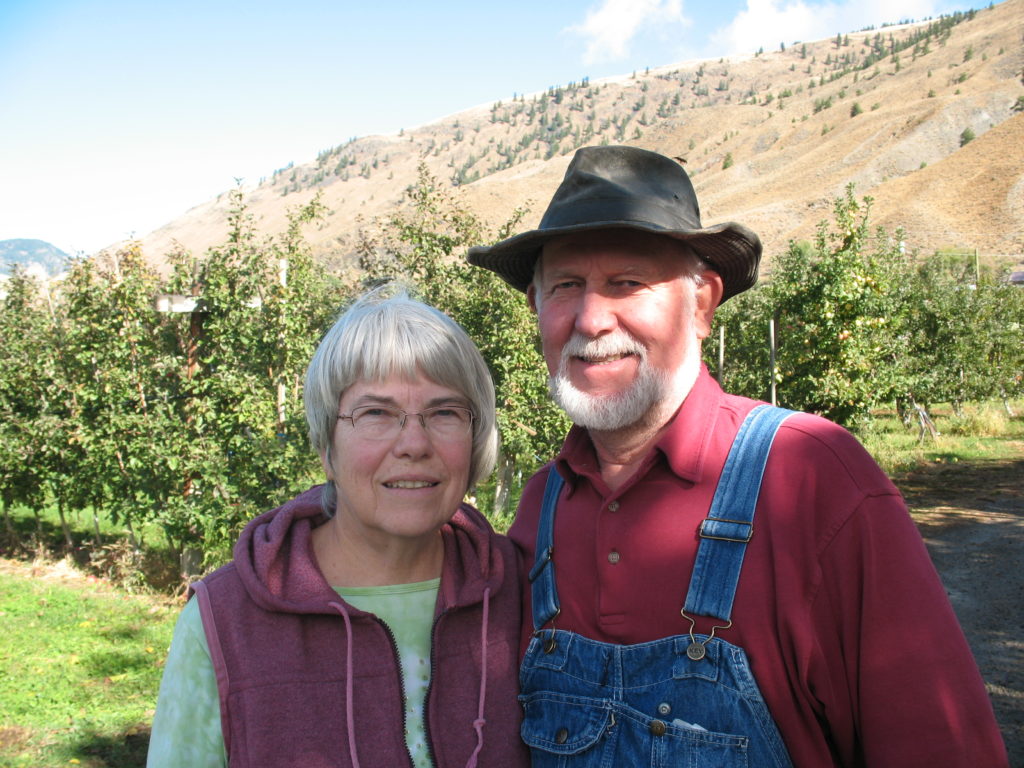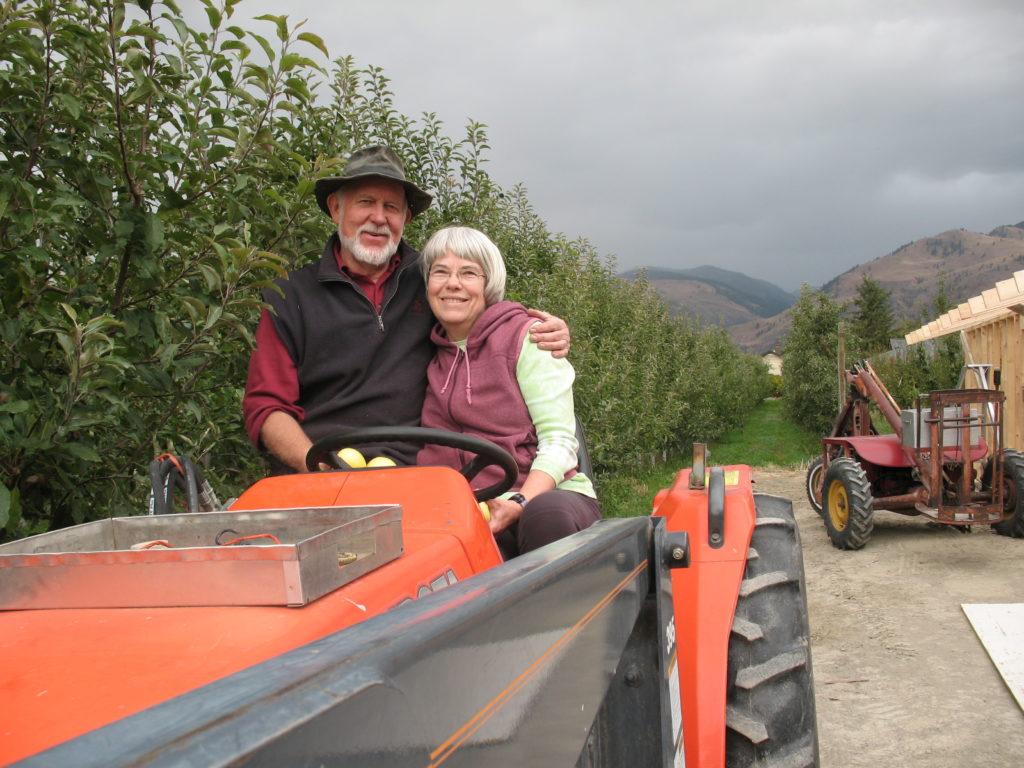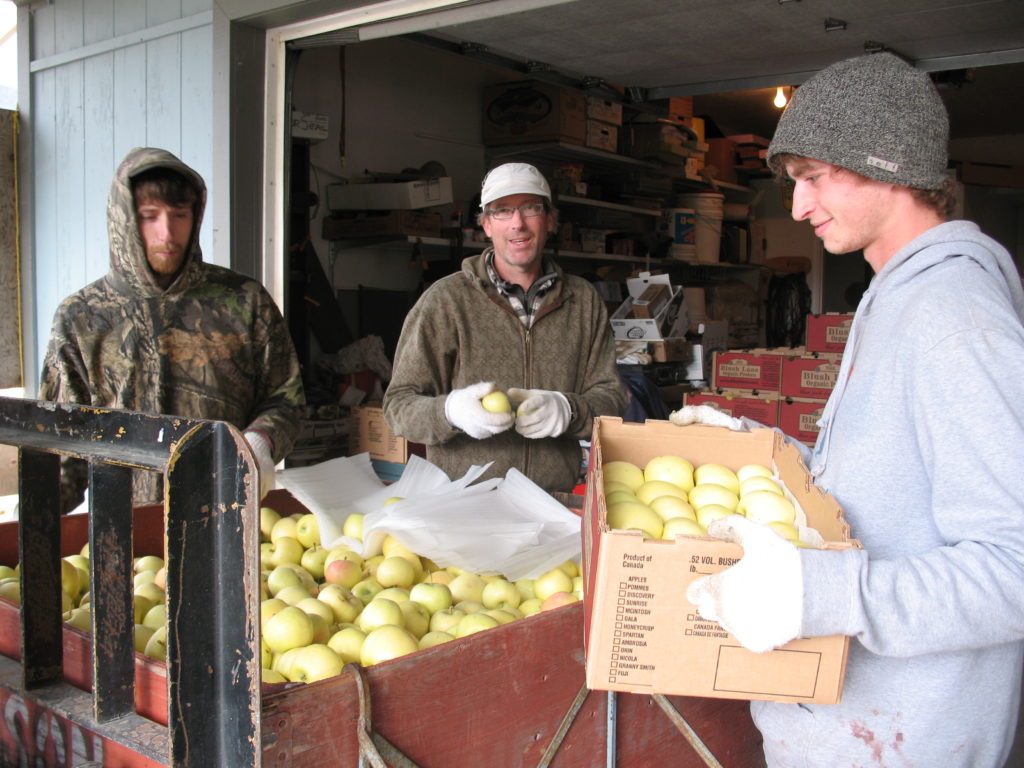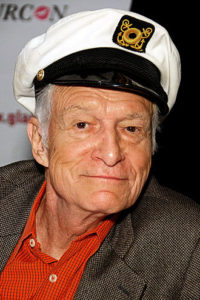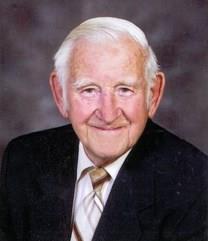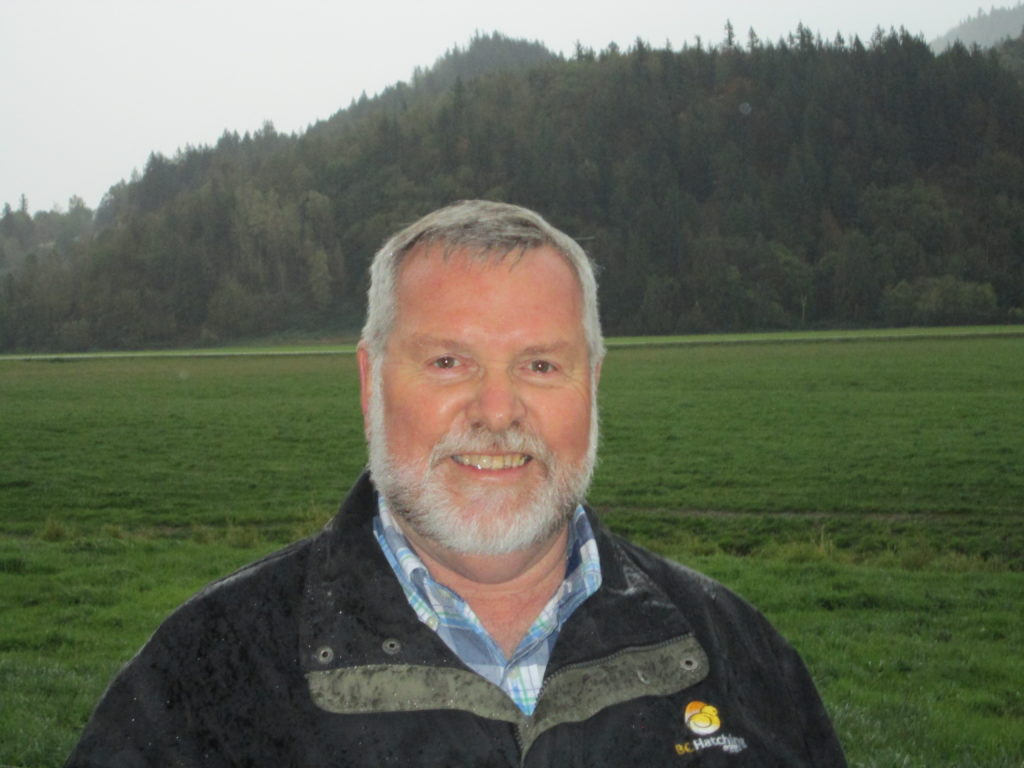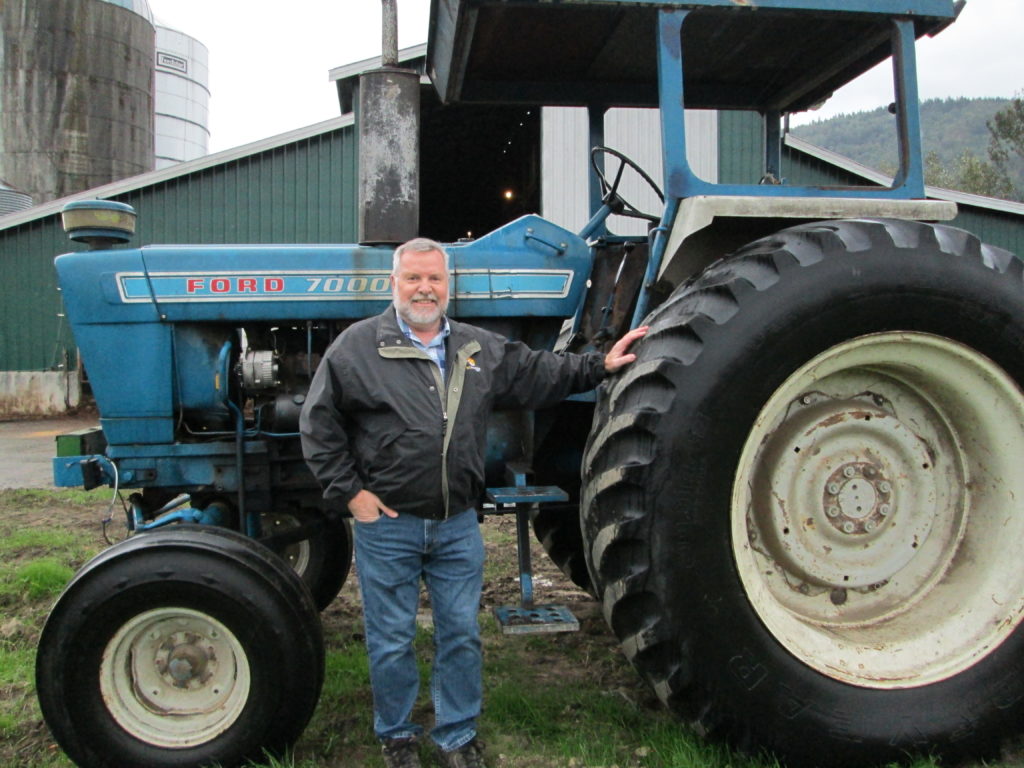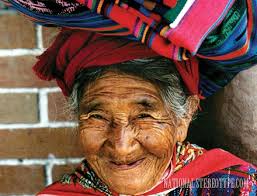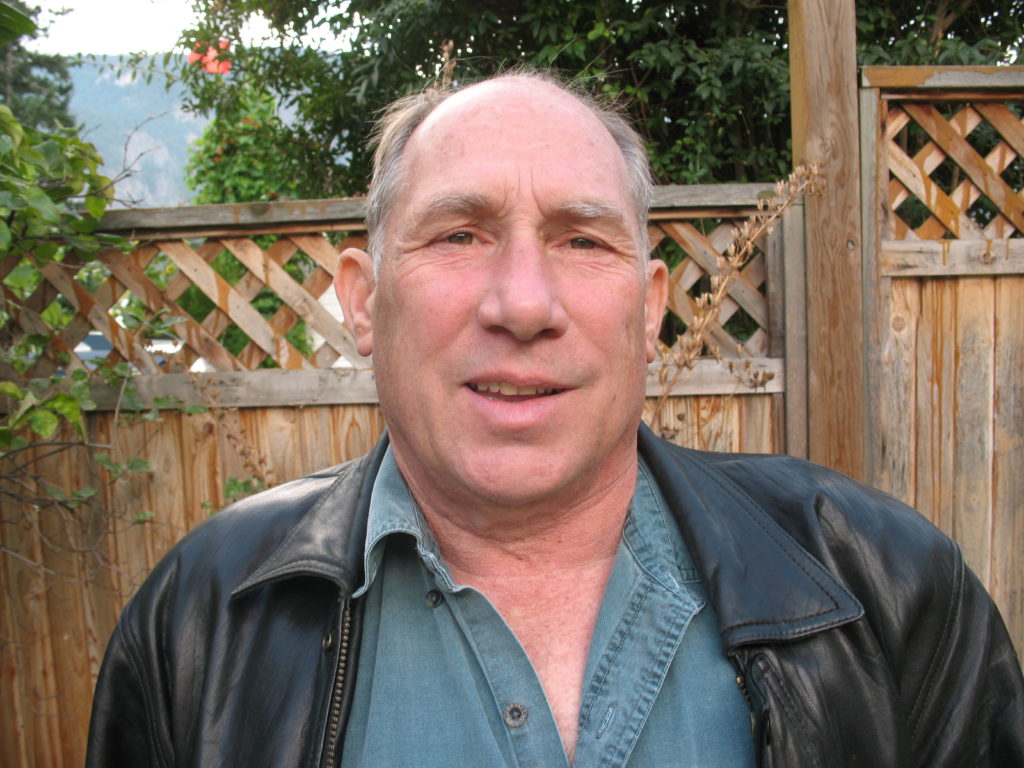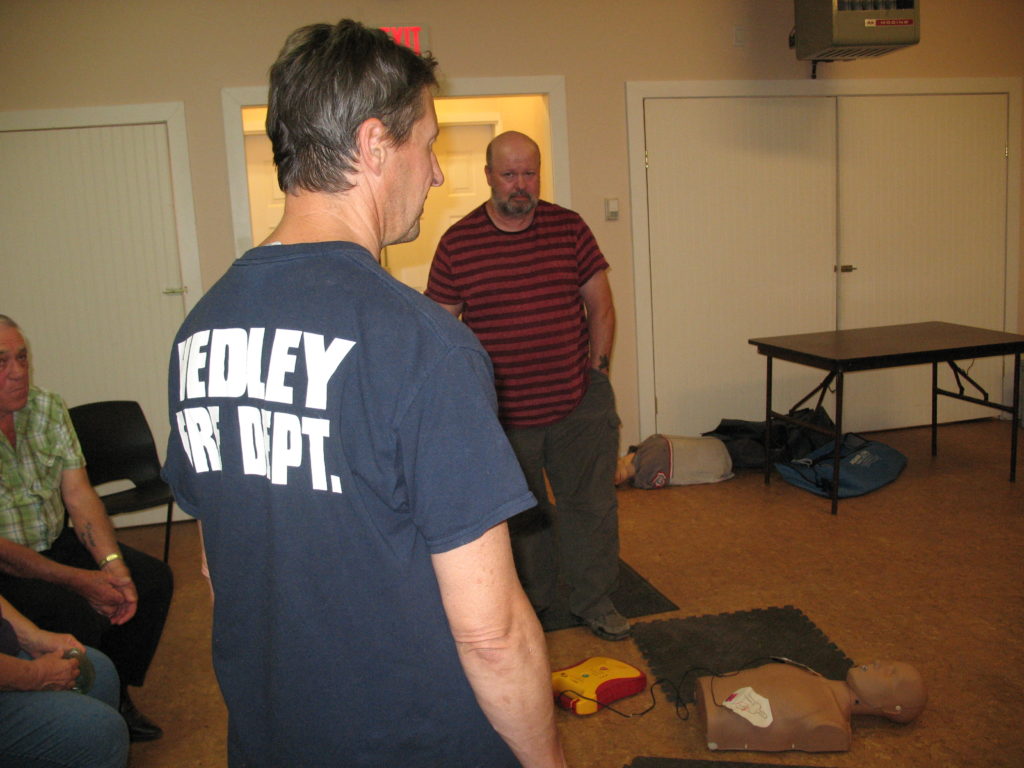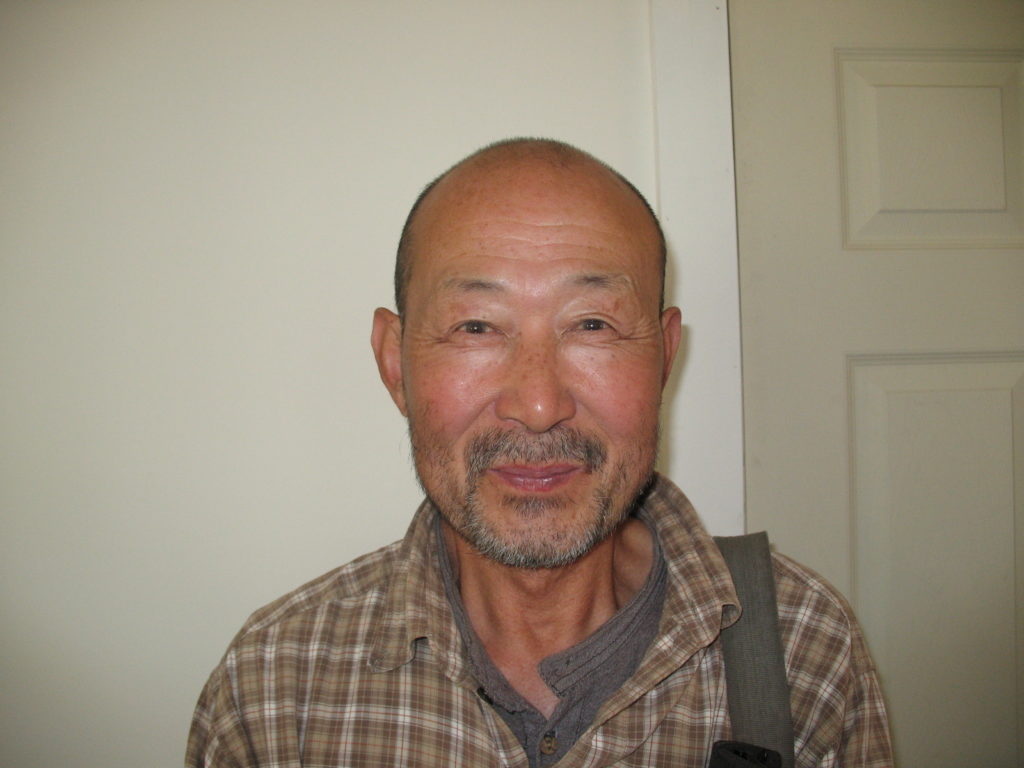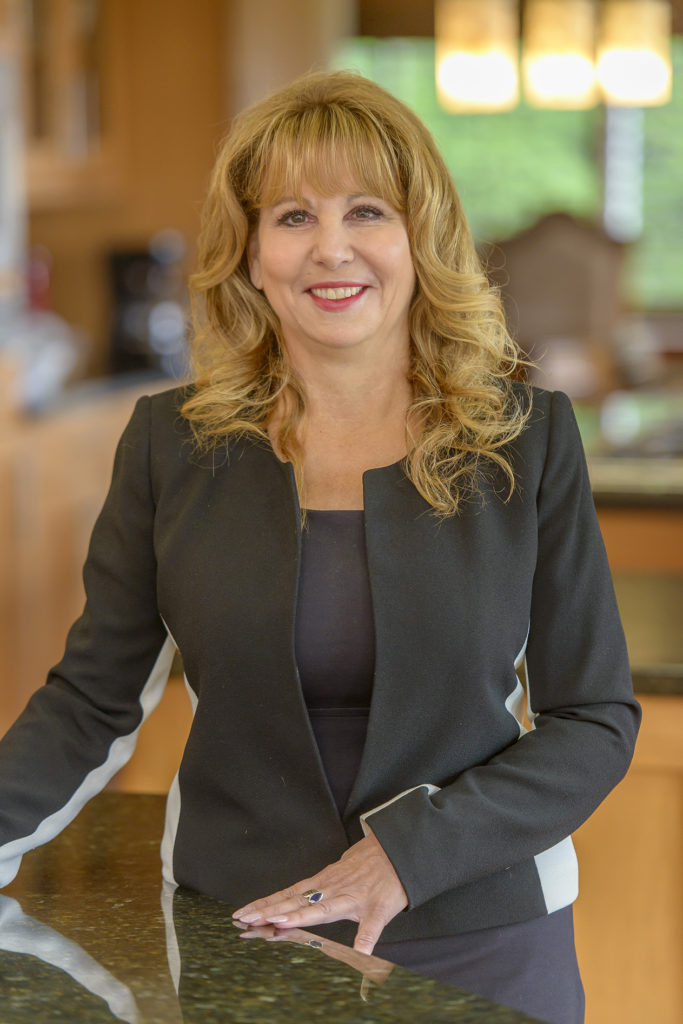
Can Dianne Watts, popular and highly regarded former mayor of Surrey, win leadership of the B.C. Liberal Party? When she announced her candidacy, one front runner in the leadership race quickly labeled her an “outsider.” Outsiders are rarely welcomed by those grasping the levers of power.
In a telephone conversation with Watts last week, I asked if being perceived as an outsider is an asset or a liability. “It’s an asset,” she responded without hesitation. “I don’t have to explain the budget.” She was, of course, referring to the desperate Liberal attempt to stay in office by unabashedly adopting much of the NDP platform in their doomed final budget.
My interest in Watts’ candidacy stems from a concern that the former cabinet ministers, if elected, would almost certainly not represent a positive change from the past. They have said publicly, “we stopped listening to the people.” Steeped in this stultifying culture of political deafness, have they now been given a miraculous desire to listen? Was their initial post-election hand-wringing an indication of repentance, or of sorrow at losing power?
Examining Watts’ personal and political history, I came to understand she definitely wasn’t given a free pass to success. Talking about her early years she told me “I was a classic case of a kid at risk and a runaway. By age 17 I was on my own. The time came when I knew I’d have to choose which path I wanted to take. Difficult experiences can make us stronger if we choose to move forward. I chose to move forward.”
When she worked on a friend’s political campaign, some well connected individuals urged her to run for Surrey Council. She won a seat in 1996 and in 2005 defeated entrenched mayor, Doug McCallum. Watts needed all her grit, stamina and leadership skills to win over a hostile council.
A former MLA who at times worked closely with Watts said, “She was very good to work with. She knew what she didn’t know and asked questions. She organized a very successful Economic and Social Development conference. Dianne was strong on the anti-gang file. She also did a lot to change Surrey’s reputation as the welfare capital of B.C. She has excellent political instincts.”
A January, 2013 editorial in The Province observed “… in Watts you have a politician who listens to and works for voters, versus a provincial government that does things to voters, while refusing to hear them. Watts name always comes up whenever people talk about who would make a good premier.”
After establishing a solid track record as mayor, she didn’t run in 2014. She subsequently won the South Surrey-White Rock seat in Parliament. “Resigning your seat and running for the leadership seems pretty risky,” I suggested. “Why take that risk?”
“Staying in Parliament would have been easier,” she agreed. “It was about my connection to the province. I saw the frustration across the province, the disappointment.”
Looking ahead she said, “when you’re elected, you’re in service to the people. I entered the leadership race to effect change, to change peoples’ lives for the better. To do that we need to rebuild and refresh the party. We need to rebuild the trust. Politics is a mechanism to do the work that needs to be done. If elected, I will work with caucus to develop a viable plan for the entire province.”
What does she believe needs to be done? “Among other things, we need to make housing more affordable. Affordability isn’t just a Lower Mainland issue. We need to give more attention to seniors issues, mental health, addiction, and Alzheimer’s. The time has come to strengthen partnerships between local communities and the province.”
As mayor of Surrey, Watts developed a pretty decent record. She was named 4th best mayor in the world by the UK based City Mayors Foundation. Surrey had the lowest residential and business tax rates in Metro Vancouver. She became known for taking good ideas off the drawing board and turning them into reality.
Watts’ track record suggests she has the leadership skills, understanding of government, and authenticity the B.C. Liberal Party needs to again become a viable option citizens can trust and vote for.
To support her leadership bid requires membership in the BC Liberal party. Deadline to join is December 29, 2017. For further information, google Dianne Watts or phone 604-265-9846.

